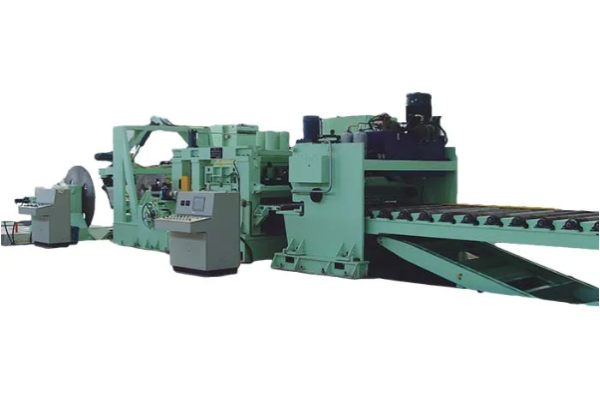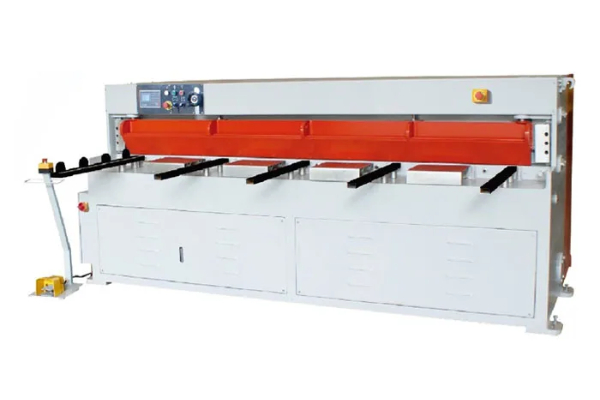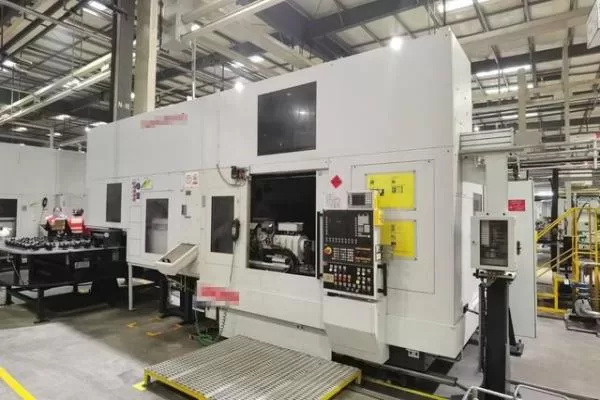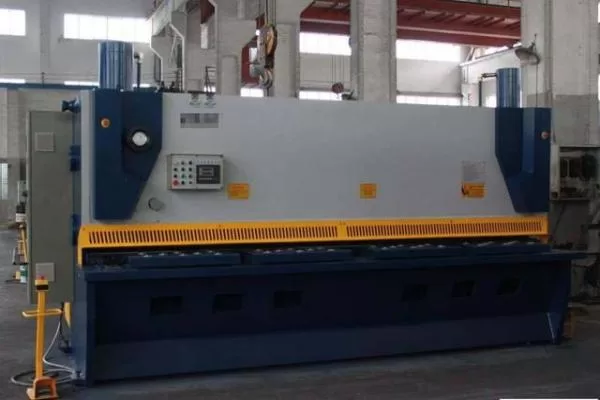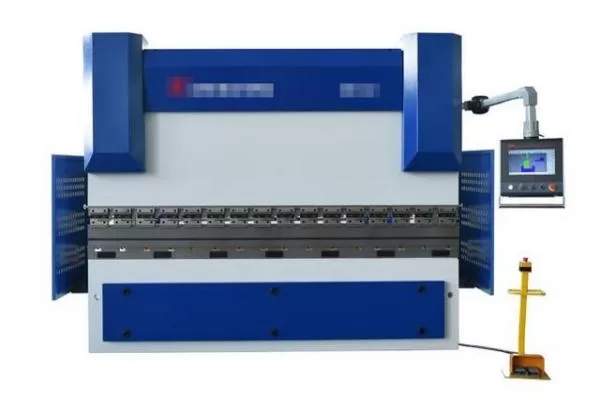
How to Choose the Right Press Brake for Your Sheet Metal Projects
- By:Metmac
- 2024-06-25
- 131
Press brakes are essential machines for bending sheet metal into desired shapes and angles. With so many options available, choosing the right press brake for your specific needs can be daunting. This article will provide a comprehensive guide to help you make an informed decision.
Factors to Consider
Machine Type
Press brakes come in three primary types: mechanical, hydraulic, and electric.
– Mechanical press brakes are powered by a flywheel and offer high tonnage capacity and low cycle times. However, they are typically more expensive and require frequent maintenance.
– Hydraulic press brakes provide consistent bending force, making them ideal for bending thick materials. They offer a lower purchase price but have slower cycle times compared to mechanical models.
– Electric press brakes utilize servo motors and offer precise control, reduced noise, and lower maintenance costs. They are also more energy-efficient but may have lower tonnage capacity.
Tonnage Capacity
Tonnage capacity refers to the maximum force a press brake can exert on the material being bent. This is determined by the thickness and type of material, as well as the desired bend angle. For most sheet metal applications, a tonnage capacity of 20-100 tons is sufficient.
Bend Length
Bend length is the maximum length of sheet metal that the press brake can bend in a single stroke. Choose a press brake with a bend length that accommodates your largest sheet metal pieces.
Working Height
Working height is the distance between the lower die and the upper beam. This determines the maximum height of material that can be bent. Select a working height that allows you to comfortably load and unload the material.
Backgauge
The backgauge is a movable stop that ensures consistent bending of multiple pieces of material. It is essential for precise bending and repetitive operations. Consider the size and accuracy of the backgauge when choosing a press brake.
Tooling
Press brakes require a variety of tooling to achieve different bend profiles. Tooling includes upper and lower dies, which can be customized to suit specific bending requirements. Ensure that the press brake you choose is compatible with the tooling you need.
Safety Features
Safety should be a top priority when selecting a press brake. Look for features such as light curtains, hand guards, and emergency stop buttons to protect operators from potential hazards.
Conclusion
Choosing the right press brake requires careful consideration of specific requirements and factors. By understanding the different types of machines, tonnage capacity, bend length, and other key features, you can make an informed decision that will optimize productivity and achieve desired results. Consult with a reputable manufacturer or supplier to discuss your project needs and identify the ideal press brake solution for your sheet metal projects.
-
Advanced Sheet Metal Rolling, Cutting, and Folding Machines for Efficient Fabrication
2025/10/22 -
High-Precision Sheet Metal Bending and Cutting Solutions for Modern Manufacturing
2025/10/22 -
High-Precision Solutions from Leading Sheet Metal Cutting Machine Manufacturers
2025/09/11 -
Reliable Sheet Metal Equipment for Sale to Support Precision Fabrication
2025/07/17
-
High-Performance Sheet Metal Equipment for Sale: Forming and Shearing Solutions for Modern Fabrication
2025/10/22 -
Precision and Performance: Advanced Sheet Metal Processing Solutions
2025/10/17 -
Advanced Sheet Metal Press, Shearing, and Forming Machines
2025/10/17 -
High-Performance Sheet Metal Laser Cutting Machines for Sale — Precision and Efficiency Combined
2025/10/17
-
Integrating Automation with Rectangular Duct Machines for Enhanced Productivity
2024/05/11 -
Metal Shear Machines- Essential Tools for Precision Metal Cutting
2024/05/11 -
Understanding the Role and Function of Steel Strip Slitting Machines
2024/05/11 -
Maintenance Tips for Longevity of HVAC Duct Machines
2024/05/11
-
A Guide to the Latest Innovations in Sheet Metal Folding Machines
2024/11/29 -
Key Features to Consider When Investing in a Sheet Metal Folding Machine
2024/11/28 -
Enhancing Precision with Advanced Sheet Metal Folding Machines
2024/11/27 -
How to Choose the Right Sheet Metal Folding Machine for Your Workshop
2024/11/26
